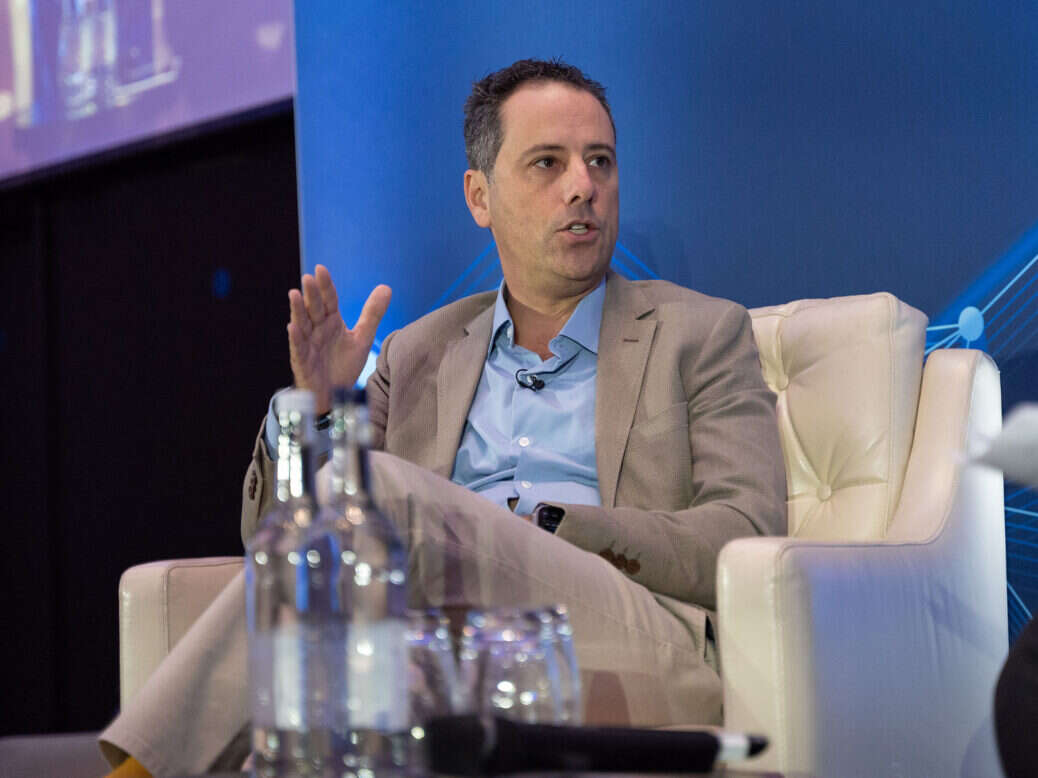
Future plc says it returned to revenue growth in the second quarter of this year raising hopes that publishers are turning a corner.
The company’s market cap has been on the slide since December 2022 when it hit a high of around £4bn. Earlier this year it had fallen to £600m.
But following the half-year results announcement on Thursday the share price rose more than 15% to £10-plus, making it worth from than £1bn, in a sign that investors are again seeing it as a company with a future.
This follows strong second-quarter results from US-based Dotdash Meredith earlier this month – a company which, like Future, targets a mass audience with special interest titles and has a mixed print/digital portfolio.
This week Press Gazette reported that Mail Online publisher DMG Media grew its online revenues in the first half, in another sign the media advertising recession may be lifting.
Future plc down in half-year but up in second quarter
Future’s headline half-year figures were less than buoyant: revenue down 3% year on year to £391.5m and adjusted operating profit down 19% to £105.8m.
But Future said it returned to revenue growth in the second quarter (up 3% year on year), that it was at an “inflection point” and confident about prospects for the rest of the year.
Chief executive Jon Steinberg told Press Gazette that 30 editorial staff have been brought in and that production of “news content” was up 23%. He said there had also been investment in buyers’ guides and how-to guides. Future said it would hire 150 additional editorial staff when it announced its last full-year results at the end of 2023.
No announcement has been made yet on any deals with AI companies, but Steinberg said talks were ongoing: “I’m optimistic about AI. It’s growing fast and will enhance peoples’ ability to discover our high-quality content.”
He said he was concerned about Google taking more search “real estate” for its own AI-generated content but that the competition around search created by the rise of large language models could be a good thing for the market.
Future said it has reorganised the business into three areas:
- B2C brands such as Marie Claire, PC Gamer and Ideal Home – drove 67% of group revenue and were down 13% in the period to £263.4m
- B2B brands such as Smart Brief and IT Pro – drove 8% of revenue and were up 7% to £32m
- Financial price comparison site Go Compare, which Future bought for £594m in 2020, was the star performer with revenue rising 30% to £96.1m (25% of total revenue).
Overall group website traffic has stabilised since January, despite Google algorithm updates which have hurt many publishers. Future’s Tech Radar was one of the big winners in the last major Google search update in March, with discoverability on the platform rising 45% according to Sistrix data. Future said it reached 222 million online users in the period, down 10% from 247 million in the same period in 2023.
The company said it is taking its “first steps” in expanding email, social commerce and digital subscriptions as revenue drivers.
Revenue from e-commerce product sales fell 24% in the period and advertising revenue fell 10% in the UK and 14% in the US. The advertising revenue trend improved in the second quarter.
Future has rapidly expanded in recent years, spending well in excess of £1.3bn on acquisitions including: Dennis Publishing (£300m), Go Compare (£594m), TI Media (£140m), Smartbrief (£53.5m), Purch Group LLC (£102m), Home Interest (£32m), Barcroft Studios (£23.5m) and Mozo (£16m). It said it believes the “businesses making up the group are significantly undervalued”.
It said acquisitions were no longer a priority and surplus cash will instead be spent on:
- investment in the business (up to 2% of revenue)
- reducing current debt (down from £296.7m)
- returning money to shareholders (via a new £45m share buyback scheme and increased dividends).
Steinberg said: “In December we set out plans to ensure that Future is best positioned to capitalise on opportunities in our markets. These plans are centred on growing a highly engaged audience, diversifying and increasing revenue per user and optimising our portfolio. I’m pleased to report that in the early stages of this two-year plan we have made good progress, which will enable us to drive accelerating revenue growth.
“Overall trading in the first-half was in line with our expectations. Whilst the market environment remains challenging, we are encouraged by a return to organic revenue growth in Q2, progress which has continued into Q3.
“Our focus for the balance of the year is on continued implementation of the growth acceleration strategy, with a particular
focus on optimising the portfolio and accelerating value creation for shareholders.”
Full disclosure: The author of this piece owns shares in Future.
Email pged@pressgazette.co.uk to point out mistakes, provide story tips or send in a letter for publication on our "Letters Page" blog
